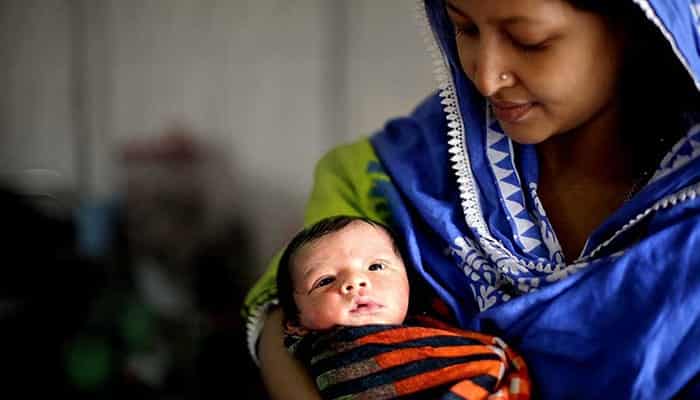The current state of Pakistan’s maternal and childcare
A recent study was published in 2014 showed that the UN interventions to improve maternal care in Pakistan and five other countries are not doing anything beneficial. The money spent on these projects did not show the results they expected. In rural areas, training programs were organized by AKU headed by Dr. Omrana Pasha, and they have been collecting records for about over 10 years; still, the data shows that the number of deaths per year during childbirth did not decrease. People might use this study to argue the effectiveness of funding research projects in Pakistan, which would be harmful. We must look into the situation to reduce maternal and infant deaths, not to abandon it.
Reasons for the failure of maternal and childcare interventions
Dr. Omrana Pasha herself says that the main problem lies with the attitude of medical staff members and lack of professionalism. The medical staff members do not come to the hospital on time, repeat the same mistakes over and over again, give critical procedures to untrained staff, neglect the duties, and generally, do not have any responsibility towards the patients. There is nothing more disheartening to see doctors repeating mistakes and neglecting their training because they “forgot,” and it did not “care.”
This lack of professionalism is amplified by the failure of governance and no environment of check and balance. A person can do whatever they want without any consequences, even if a person’s life is at the line.
Another main reason is due to the lack of equipment. Rural areas have almost no instruments available. In Thatha, the maternal care center was opened, but the number of deaths did not decline because there was no functioning blood bank.
Rural and urban areas
In the rural areas still, a lot of people give births at home by “dais.” Almost 55 infants out of 100,000 births die within the first few hours of life, and this happens mostly in rural areas. Here, there is a culture of fear in visiting the doctor. Maybe due to rude and sometimes absent medical staff, general lack of equipment and almost no quality care, they feel that home births are better.
Midwives and birth attendants
There are only 10% of the certified midwives of the 100,000 that are required in our country. Births in the care of birth attendants are usually safer and have lower mortality rates. Islamabad has over 88% of the births with birth attendants, which is much higher than Balochistan’s 16%.
More and more training staff is needed and also with them, equipment and checking balance. All these factors should be combined to produce an effect that will help every child and mother going through this difficult time.

